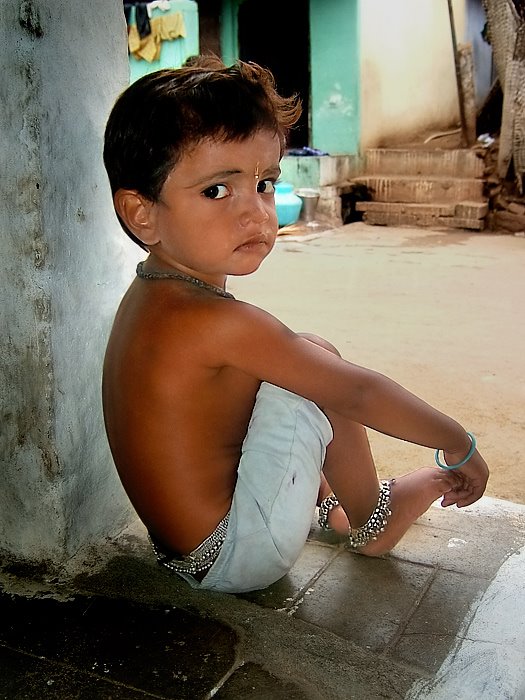
Won’t you fall in love with a prince with slippers? Tamio in the Die Zauberflöte yesterday night actually had a pair of purple slippers. I guess it might be the fashion in ancient Egypt. As the most welcomed performance for kids, Met Opera in fact prepares two version of the show: one full-length version of Die Zauberflöte and one 90 minutes version of Magic Flute for family. In order to have a better view from my H110 at family circle, I finally got myself a binocular and it worked perfectly.
Die Zauberflöte is a story of “love can conquer all”. From Wikipedia:
“Die Zauberflöte, K. 620, (en: The Magic Flute) is an opera in two acts composed by Wolfgang Amadeus Mozart to a German libretto by Emanuel Schikaneder. The work is in the form of a Singspiel, a popular form which included both singing and spoken dialogue. The opera is often noted for its prominent Masonic elements. Both Schikaneder and Mozart were Masons and lodge brothers, though the Freemasons were at the time regarded by the public at large as a dangerous and subversive organization. The opera is also heavily influenced by Enlightenment philosophy, and can be regarded as an analogy for enlightened absolutism. The Queen of the Night represents irrational-diabolic obscurantism, whereas her antagonist Sarastro symbolises the reasonable sovereign who rules with paternalistic wisdom and enlightened insight. In the end he prevails over the darkness ("The sun's rays drive away the night, destroy the evil power of the dissembler"). But the darkness is by no means frightening and abhorrent, but beautiful, mysterious and fascinating. As an awesome seductress the Queen of the Night is a dangerous power who can only be overcome by knowledge.
A notable feature of the music is the way in which Mozart was able to write for a range of skill-sets in the singers. Compare, for example, the vocal lines for Monostatos (which are easy, "obvious" lines to sing for a modest voice; are also often stated first in strings so the singer can find his pitch; and which are doubled as he sings, to give him the tune – anyone who has sung a karaoke arrangement of a well-known song will know the kind of process) with those of Pamina or the Queen of the Night (which give few such clues for the singer and demand decent operatic ability). Yet, in ensembles, Mozart manages to combine voices of virtuosos with those of what are essentially comic actors, and create a satisfying result. The F6 which the Queen of the Night must reach in both her arias is beyond the range of many first-rate sopranos. At the low end, Sarastro must sing an F at several points; it requires a good bass to hit the note impressively, but the note does not go below the range of the choral basses.” 
Julie Taymor's magical production of Mozart's sublime and mystical opera features bears and serpents, and, of course, a rotating cast of internationally acclaimed young singers, including soprano Isabel Bayradkarian and baritone Nathan Gunn. James Levine conducts the performance the past night. The stage design was really splendid and the installations were made of glass. So you feel like going to a crystal world where fairy tale does happen. Basically, there were four sets of class stages and they can be separated as independent stage or combined together as a palace or temple. The light designer fully used the reflection of the class walls to create a fantastic dream world of all generations. The performance was so much like the hallowing parade, where performers in black customs manipulated flying sneaks, bears and birds on the stage. The bears were so cute and they were not terrifying at all. Among the singers, I like the Queen of the Night by Cornelia Götz. She really got the emotional intensity of the mad queen and her aria in Act II (Der Hölle Rache kocht in meinem Herzen) was very beautifully done. In terms of theatrical performance, Rodion Pogossov gave a wonderful interpretation of the carefree Papageno, who was longing for a Papagena but not the exhalted brotherhood. The bass, Sarastro by Stephen Milling, had several wonderful arias, including the everlasting masterpiece “O Isis und Osiris”. Tamino was played by Christoph Strehl, he is quite handsome but not sing as well.
The story itself is interesting. The notes on the making of the opera said the story was built upon fairy tale and the play was a combination of pop “magic story” of 18 century and elegant operatic form. The liberetto and stage designer was friend of Mozart and he wanted something for all kinds of audience for his popular theater. Mozart created this wonderful piece which masterfully combined different opera genres without compromised its playfulness and humor. In fact, the play is nothing but a great challenge for stage design, because the scene changes so often and it demands changes in short period of time. I can hardly imagine how the dying Mozart created this work of art dedicated to love and life. In the play, he praised the merit of love, friendship and brotherhood which he would soon lose forever. It is such a great irony that he composed and conducted the opera and died three months later. The opera was like his last call for life, crystallizing all his passion for being human and being in love. In contrast to Wagner’s overwhelming heroic and epically tales, Mozart’s play is much more delicious. It becomes every child’s dream. Even when we grow up, we still hold those dreams dear to our heart. We love our princes even they wear only slippers. Whereas there is love, there is hope!



